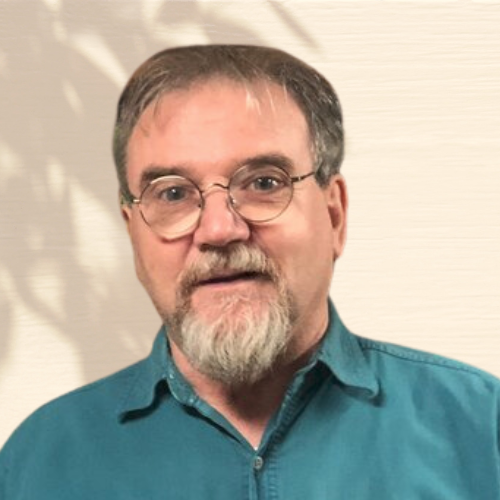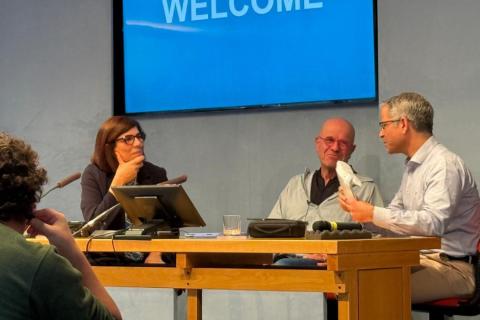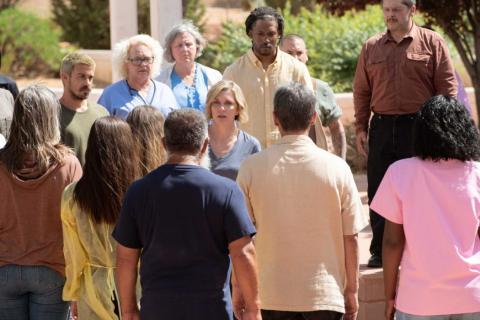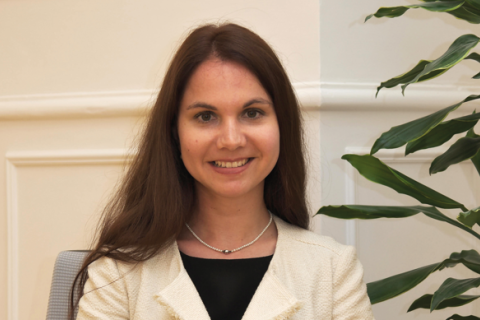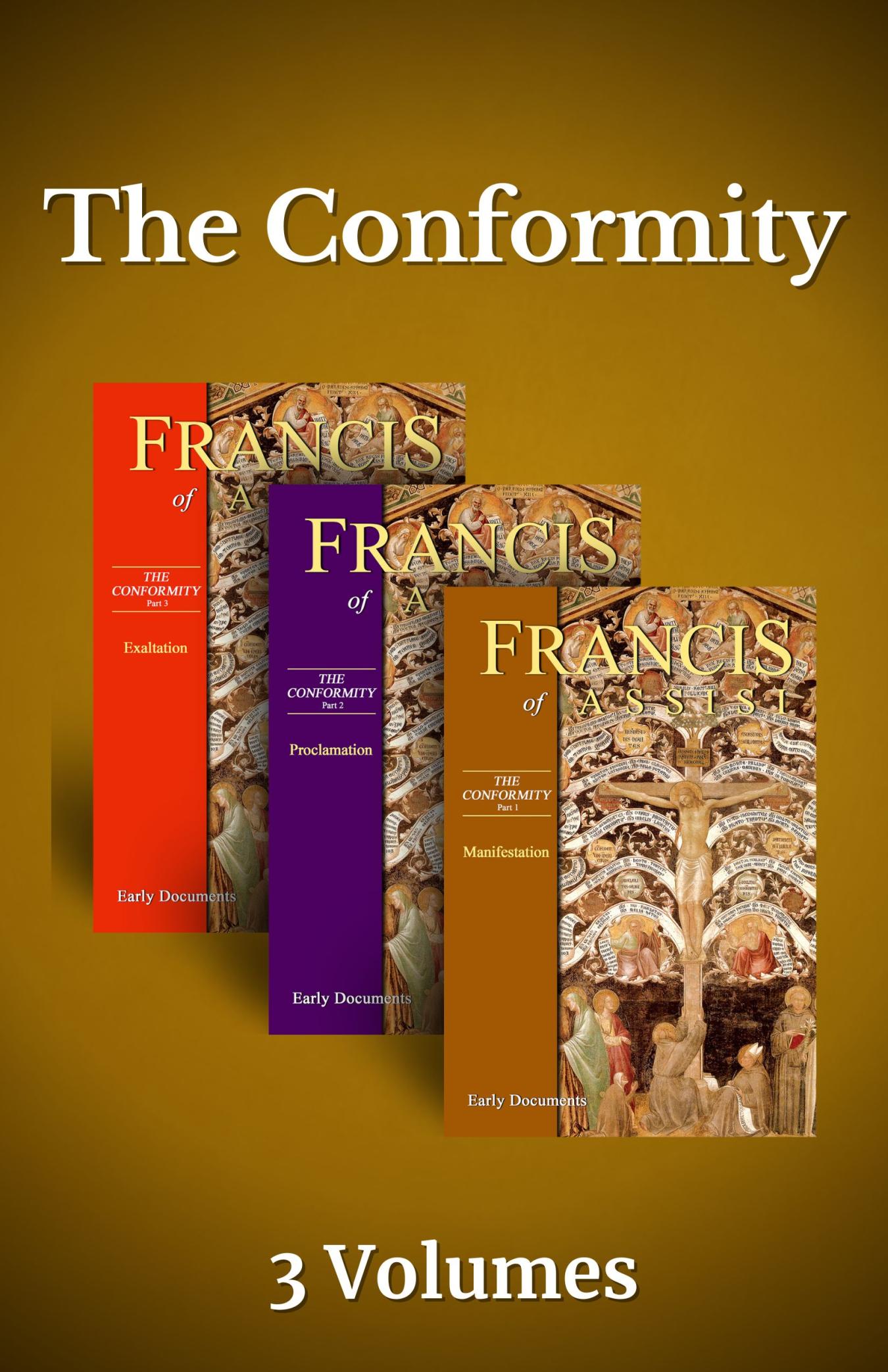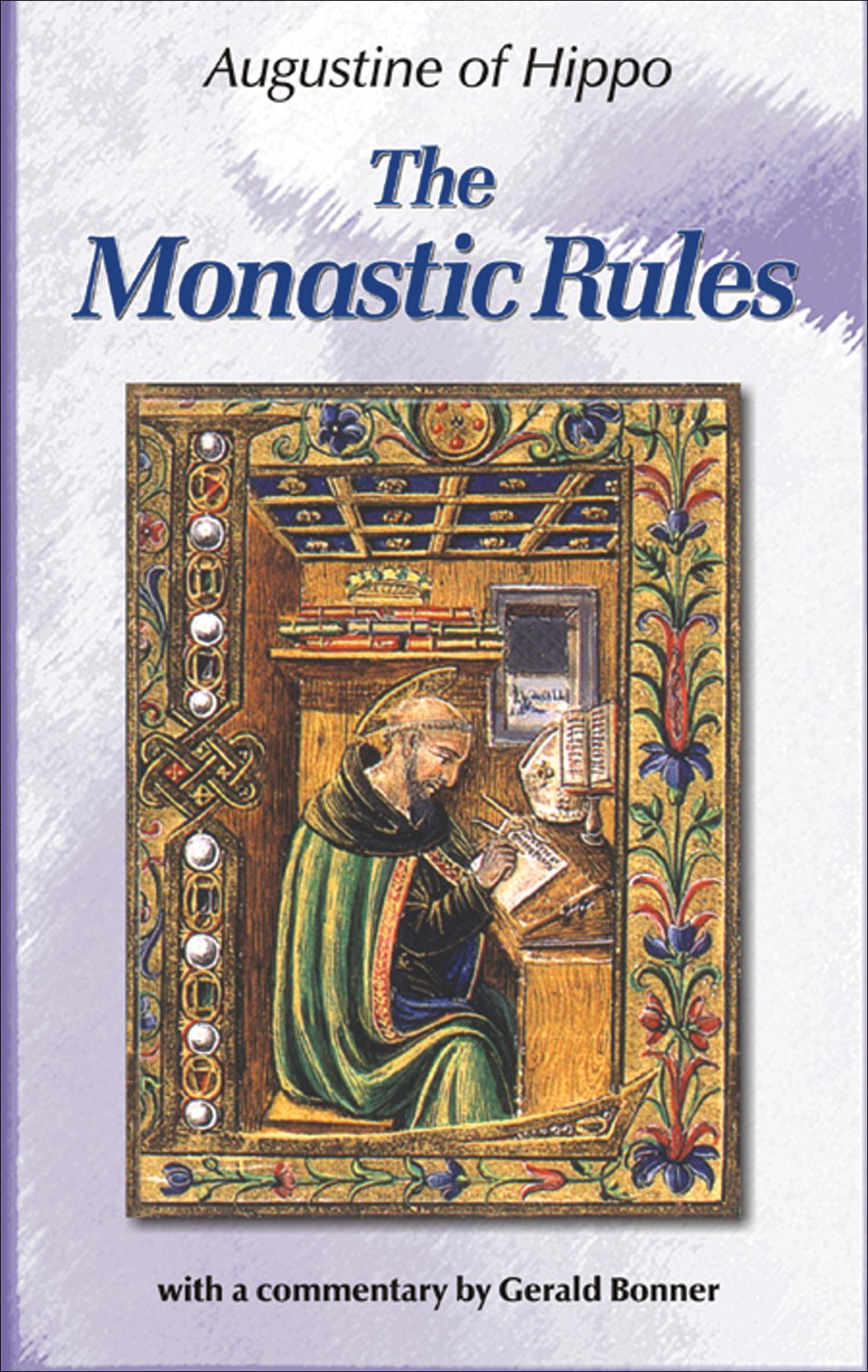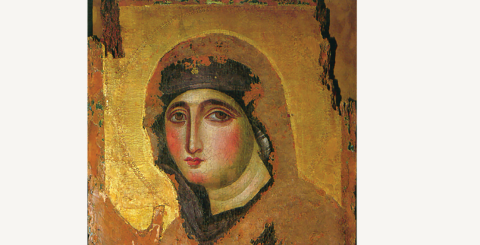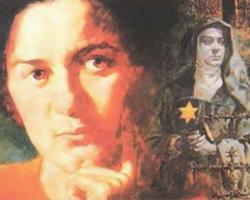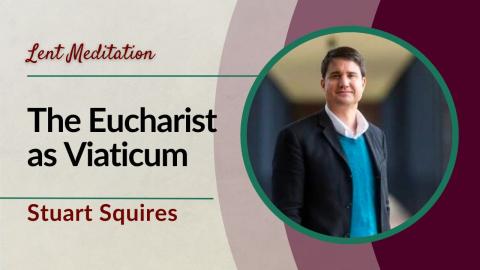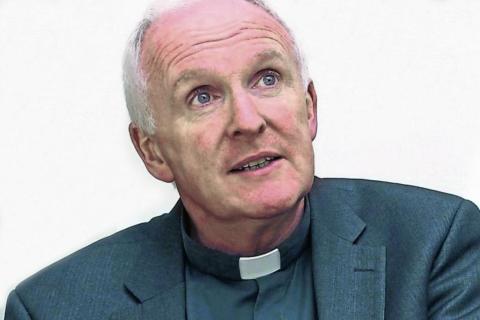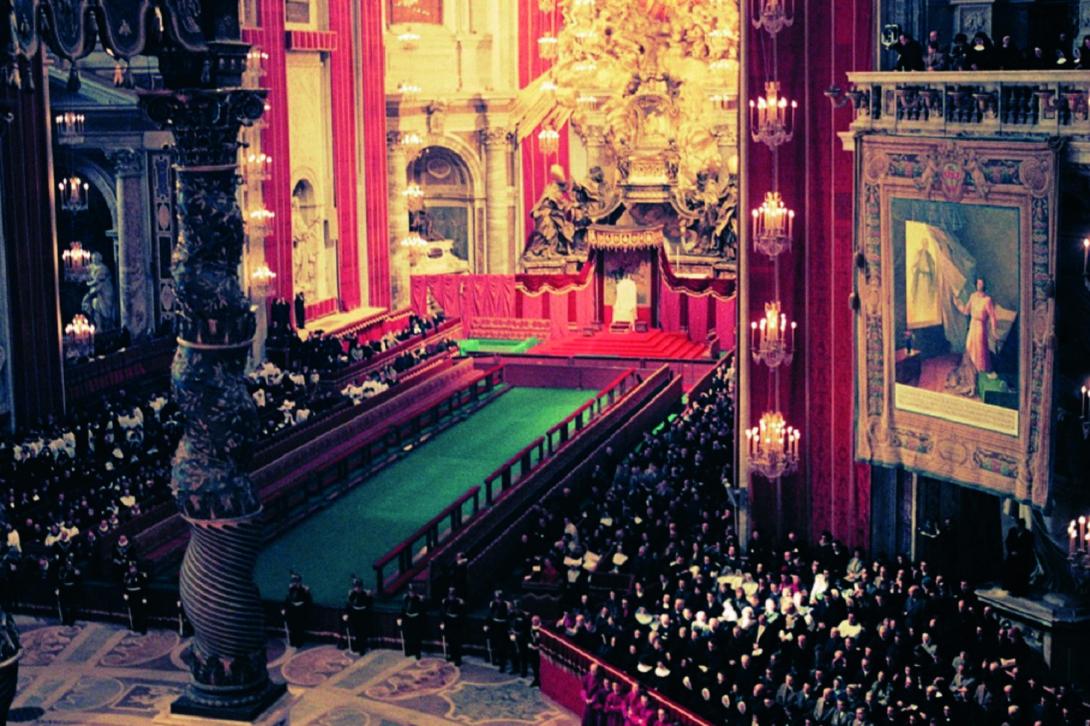
Photo by Lothar Wolleh - wikimedia.org
I was 11 when Vatican II opened in 1962 and 15 when it formally closed. I lived with my family in Linwood, Massachusetts’ small, largely French-Canadian village.
Like many Catholic families, my family emigrated from farms in Quebec, drawn by the prospects of finding a bit easier livelihood working in New England’s mills. Linwood, to me, was undoubtedly dominated by a culture almost exclusively influenced by French Catholicism.
My grandfather, Antoine, was an altar boy in southern Quebec when he was young. In the early 1900s, he trudged miles through deep snow drifts in the dark winter mornings to serve Mass in the distant parish church. He worked on the family farm and grew to be an young lumberjack, toiling in forests close to his home.
When he lost a team of horses that fell into a ravine one winter, believing a recovery would not be had, he emigrated to Massachusetts like his older brother, Ben.
Pepere and my memere, Marie, kept their ancestral faith as their French immigrant forebears did when they settled down along the Saint Lawrence River not far from Montreal.
The young husband and father worked hard—in a wood shop, in construction, turning a spindle in a textile mill, as a finished carpenter, and finally, as a fully independent contractor, building and repairing houses.
Our parish in Linwood was Bon Pasteur, Good Shepherd, an appealing wood-frame church with a parochial school. The school was run by Les Soeurs de la Presentation de Marie, founded by Marie Rivier in rural France, devoted to education and the poor.
Marie, officially a saint since 1982, established her order during the French Revolution. Marie’s nuns still wore the long, black habits they initially did when they processed into our Church on Sundays.
They were set apart visually, but also heard! The long-sleeved and gowned sisters “whooshed” when they passed, evoking their authority as a sanctified lot. The priests wore black cassocks and birettas, looking extraordinarily unworldly.
Mass was in Latin. Worshippers used missals to follow along or prayed the rosary independently. I became an altar boy in first grade and learned the Latin prayers from a nun who only spoke French. I received a black cassock, a starchy white surplice, and long, black, ill-fitting slippers for ordinary Mass.
On Sundays, we celebrated by wearing bright red cassocks with lace surpluses with an additional ribbon attached, topped with a fancy red cape with yellow fringe. We were an army of altar boys, and our procession was also stirring.
The girls could not serve at the altar, but they could sing in their angelic way in the choir. They wore plain dresses but donned lace mantillas on their heads as a sign of reverence. All was a high and holy ritual, whereby the pageantry, sights, sounds, incense and the Sacred Host on the tongue awakened all the senses.
Everyone came to Mass on Sunday mornings and Benediction in the afternoon. We were taught from the Baltimore Catechism, where morality was a rather black-and-white affair.
In first grade, I saw the rays of the sun in a triangle as descriptive of God. Despite the use of multiple fears to inspire appropriate behavior in this Catholic educational milieu, mystery and the suffering love of Christ made my once young heart incline itself to the faith.
There was beauty if also somewhat rote conformity. There was a cadence, a certainty, a cultural unity that was palpable.
Faith and family in the 1950s had a profound romanticism surrounding them! The village seemed to walk home together with much conviviality following Mass and Benediction. We were deeply consoled living in this enormously comforting culture.
A nun teacher invited me, as a bit older student now circa 1964, to attend services in the evenings to pray for the success of the Council. Claude, a classmate and fellow member of the safety patrol (we were crossing guards) attended them faithfully.
We started singing Protestant hymns in English. We repeatedly heard the word “ecumenical.” We sang Faith of Our Fathers with a sense of pride. We were on the edge of significant changes.
Soon the Mass was said in the vernacular, and Scripture was more accessible. The altar was moved to face the people, and we extended greetings of peace.
Enter the folk Mass, held in disdain by some, smiled upon politely by others, and welcomed by us young who were warming up to the guitar more than the organ thanks to the British invasion and the very new American rock scene.
The Spirit was indeed moving us, telling us perhaps that our God was up to something new. Could we not perceive it?
Aggiornamento! (Update!) A smiling, kindly pontiff opened the long-shuttered windows of the Church to the winds of the Spirit! What did we need to know better? Our belovedness in the eyes of God? Love of neighbor that knew fewer parochial boundaries?
While Vatican I, under the leadership of Pius the IX (“Pio Nono”), produced the Syllabus of Errors, a litany of “don’ts,” the Vatican II fathers decided on only one “don’t,” that of the threatened use of nuclear weapons. The emphasis in this Council was on encouraging us to attend to the “dos.”
The Council took risks in calling the universal Church to embrace the world, its people and its problems. When she preferred prayerful action to long-held suspicion and a too-ready condemnation of “the world,” the hope was that she would discover herself with a new bearing. She also might get a new hearing when addressing the world’s cultures, because she has more closely identified with them.
In an adoption of humility that was also a bold act of faith, the Catholic Church proclaimed to all of humanity that “the joys and the hopes, the griefs and the anxieties of the men (sic) of this age, especially those who are poor or in any way afflicted, these are the joys and hopes, the griefs and anxieties of the followers of Christ.”
This new posture toward the modern world moved the Church to take up a vision of solidarity given flesh when she faithfully accompanies suffering humanity. This postural rather than procedural change was and still is the promise of Vatican II.
It cannot ultimately be a wrong turn, for it is the way of her suffering servant and victorious king, Jesus the Christ, who, being rich, became poor for our sakes so that we might be enriched by his turning toward us.
Recently, my ancestral parish, Good Shepherd, closed and merged with a larger community in a nearby town. The future is ahead for the clergy and laity who mourn the loss yet keep the faith. We must trust in the author of our lived expressions of faith and do our part to cherish them anew.
Perhaps the poet Robert Frost might help us put in words what we face together as disciples of Christ, doing our part in an uncertain time: “We have miles to go before we sleep. We have promises to keep.”
But suppose strenuousness seems too worrisome a prospect to those who have heard the master well. In that case, “Consider the lilies,” and perhaps also the words of Thomas Merton, who saw from a great distance what was coming may help. “We have to become who we already are.”


